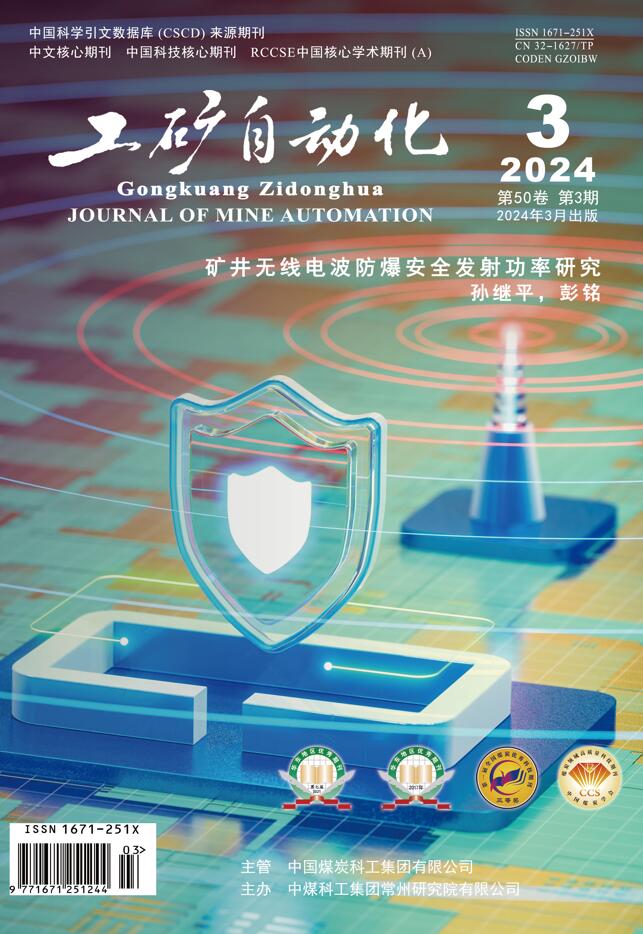Abstract:
Current research on mine pressure law of working face mainly focus on mine pressure law and roof structure of large mining height working face with shallow burial depth, but there's few researches on behaviors law and control technology of strong mine pressure of fully mechanized top coal caving mining face with shallow burial depth. For the above problem, taking 42202 working face of a coal mine as research background, behaviors law of strong mine pressure of working face was researched using actual measurement method combining support monitoring and micro-seismic monitoring of working face: the first weighting interval of 42202 working face is 60 m, and periodic weighting interval is 18-26 m. When pressure is weighting, dynamic load coefficient of the support is as high as 1.58, depth of rib spalling is up to 1 100 mm, and shrinkage of the support is 50-80 mm. The strong mime pressure causes working face to crush support. When pressure is applied, the pressure in the middle part is large, while pressure on both sides are small, indicating that mine pressure appears more violently when working face pressure comes; Micro-seismic events are mainly concentrated in the advance position of the working face and auxiliary transportation roadway, and the change trend of daily cumulative energy and daily frequency is basically the same. The mechanism of strong mine pressure of fully mechanized top coal caving mining face with shallow burial depth was analyzed, it is pointed out that the main reason of the strong mine pressure on working face is joint instability effect between "voussoir beam" structure formed by upper key strata and "cantilever beam" structure formed by lower key strata. In view of the problem of strong mine pressure, weakening measure of roof caused by hydraulic fracturing was proposed. After adopting hydraulic fracturing measure, the maximum working resistance of support decreases from 59.1 MPa to 50.1 MPa, reducing by about 15%.The maximum stress of deep hole decreased by 15%, and the maximum stress of shallow hole decreased by 32%, indicating that hydraulic fracturing had a significant effect on roof weakening and roadway surrounding rock stress weakening.




